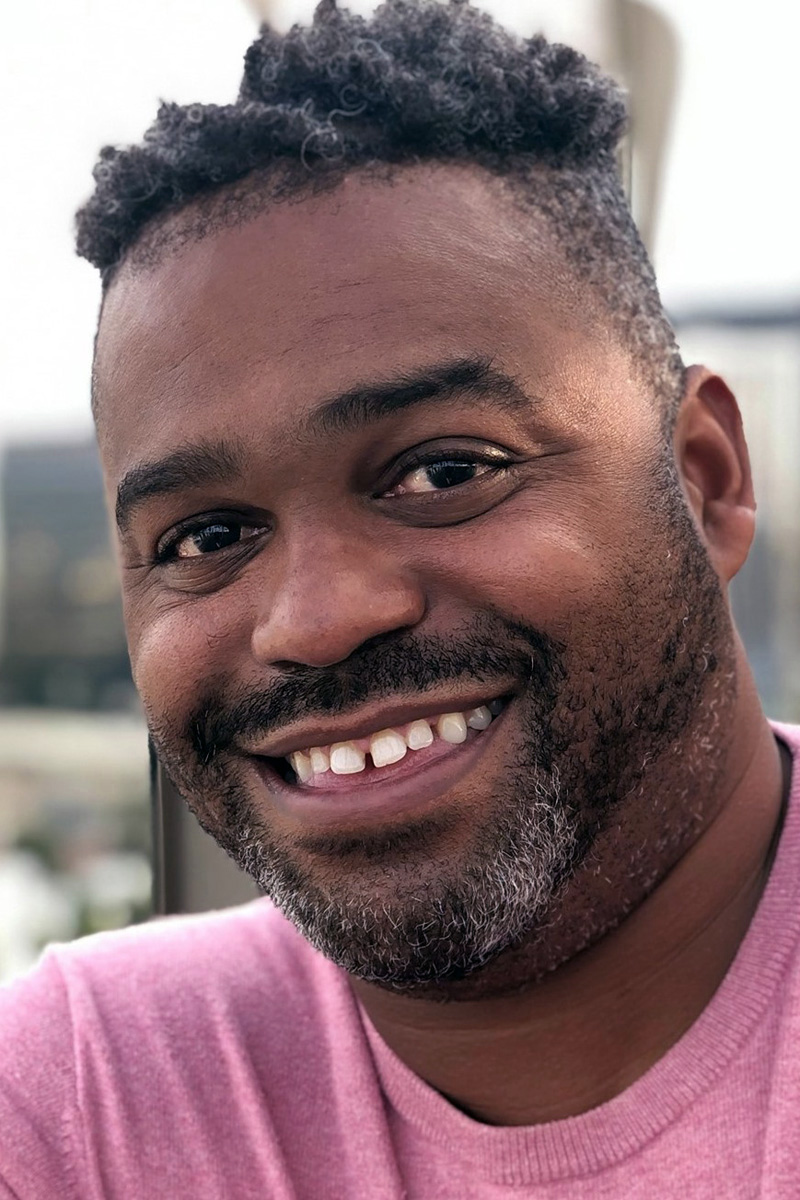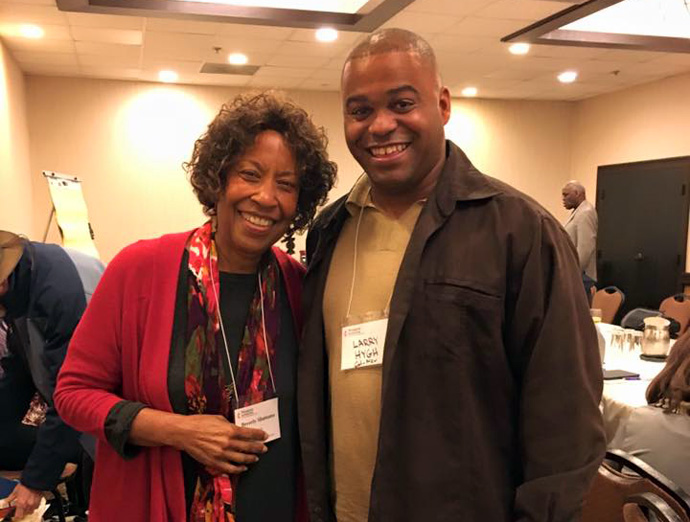Key points:
• At the time of her election and consecration in 2000, she was the second Black woman elected as a bishop in the history of The United Methodist Church.
• Bishop Shamana believed that the denomination needed to elect more women to the episcopacy and expand the diversity.

Photo by K. Neubauer.
“Leadership has to do with clarifying what your position is as one who is making decisions about people’s lives, making decisions about churches, making decisions that have to do with outreach and faith of the conferences … . I’ve tried to be clear about where I stand on particular issues and how I want to lead and what people can expect from me,” said Bishop Beverly J. Shamana.
At the time of her election and consecration in 2000, she was the second Black woman elected as a bishop in the history of The United Methodist Church.
Bishop Shamana was one of the subjects of my doctoral dissertation, “A Qualitative Leadership Study of the Four Female African American Bishops of The United Methodist Church.” At the time of the interviews/research, there were only the trailblazing four (Bishops Leontine Kelly, Beverly J. Shamana, Linda Lee and Violet L. Fisher) who had been elected and consecrated; now there are eight.
There are many leadership lessons to be learned from these trailblazing and dynamic women.

I first met Bishop Shamana when I was the director of communications for the California-Pacific Conference — her home conference — and she was serving as bishop in the California-Nevada Conference. Bishop MaryAnn Swenson invited her to preach for an annual conference session. I was immediately struck by her warm personality and joyfully positive spirit.
Through the years, she provided a listening ear and was a sounding board for me. She always encouraged my journey and had kind words of wisdom and affirmation.
Bishop Shamana believed in and expressed a collegial form of leadership. She said, “I don’t have to have all of the answers myself, and I believe that wisdom resides in the body, and that the Holy Spirit gives wisdom to all of us.”
She added, “So part of my role as a leader is to call that wisdom out that is in the body … . So I learned that I don’t have to have the final answer. I certainly have to have some answers, and to direct the direction that we are going, but I don't have to have all of the answers. That really frees me to listen better, to hear where we’re going, hear where the Holy Spirit is really leading us, and be the one who is able to discern what’s happening in the body.”
Bishop Shamana challenged injustice and worked to make “thy kingdom come on earth as it is in heaven” a reality for all people. As we talked about defining leadership moments for her, she specifically talked about her sermon during the 2004 General Conference addressing inclusion, specifically relating to human sexuality.
She said, “I wanted to address the whole question of open doors, open hearts, open minds, but I wanted to address it as it related to lifestyle.” Noting the consistency of her character, her call and her message, she added, “I wanted to open their minds to think about what, who we are as a human race, and that we can’t put people into neat boxes and say, ‘Well, everybody has to fit in this box and if you don’t, something’s wrong with you.’”
Commentaries
Bishop Shamana was never shy about confronting and tackling the evils of racism and sexism. She called racism and sexism a double bind in that the context often dictates which is most prominent, but both are always present and must be considered by a woman who is African American serving in positions that have been mostly held by men.
Bishop Shamana believed that the denomination needed to elect more women to the episcopacy and expand the diversity.
“You know, there are women who are ready, who have been primed and prepared by God … our church just needs to recognize that these women are ready and will help us — for the better,” she said.
She anticipated seeing the first Native American and Korean women being elected bishops in The United Methodist Church. “I think that we need to remove the blinders from our eyes and get them elected … . You know the world would take such encouragement and hope from what we do, and we have the capacity to do that.”
Bishop Shamana was a gifted artist, and I was privileged to witness her decorating gourds during several art/worship workshop sessions. It was her piano playing that I especially loved. I remember her at one conference joyfully tickling the piano keys, playing “I Will Trust in The Lord.” Indeed, it is the Lord in whom she placed her trust.
Bishop Shamana shared with me that she wanted to be remembered as an artist — one who was by her very nature, and in her very character, creative. In her book “Seeing in the Dark: A Vision of Creativity and Spirituality” she wrote, “Our well-being is enhanced by creativity, revealing to us who God is.”
I praise God for the life, legacy, leadership and artistry of God’s creative spirit as personified in Bishop Beverly Jean Shamana.
Hygh is a full-time lecturer and the internship coordinator in the communication studies department at California State University San Bernardino. He is a former United Methodist communicator and a member of the Harmony Toluca Lake United Methodist Church. He is currently working on a book with the leadership lessons learned from the four trailblazing African American United Methodist bishops, and the four that were elected in 2016.
News media contact: Tim Tanton or Joey Butler at (615) 742-5470 or [email protected]. To read more United Methodist news, subscribe to the free Daily or Friday Digests.
Like what you're reading? Support the ministry of UM News! Your support ensures the latest denominational news, dynamic stories and informative articles will continue to connect our global community. Make a tax-deductible donation at ResourceUMC.org/GiveUMCom.



